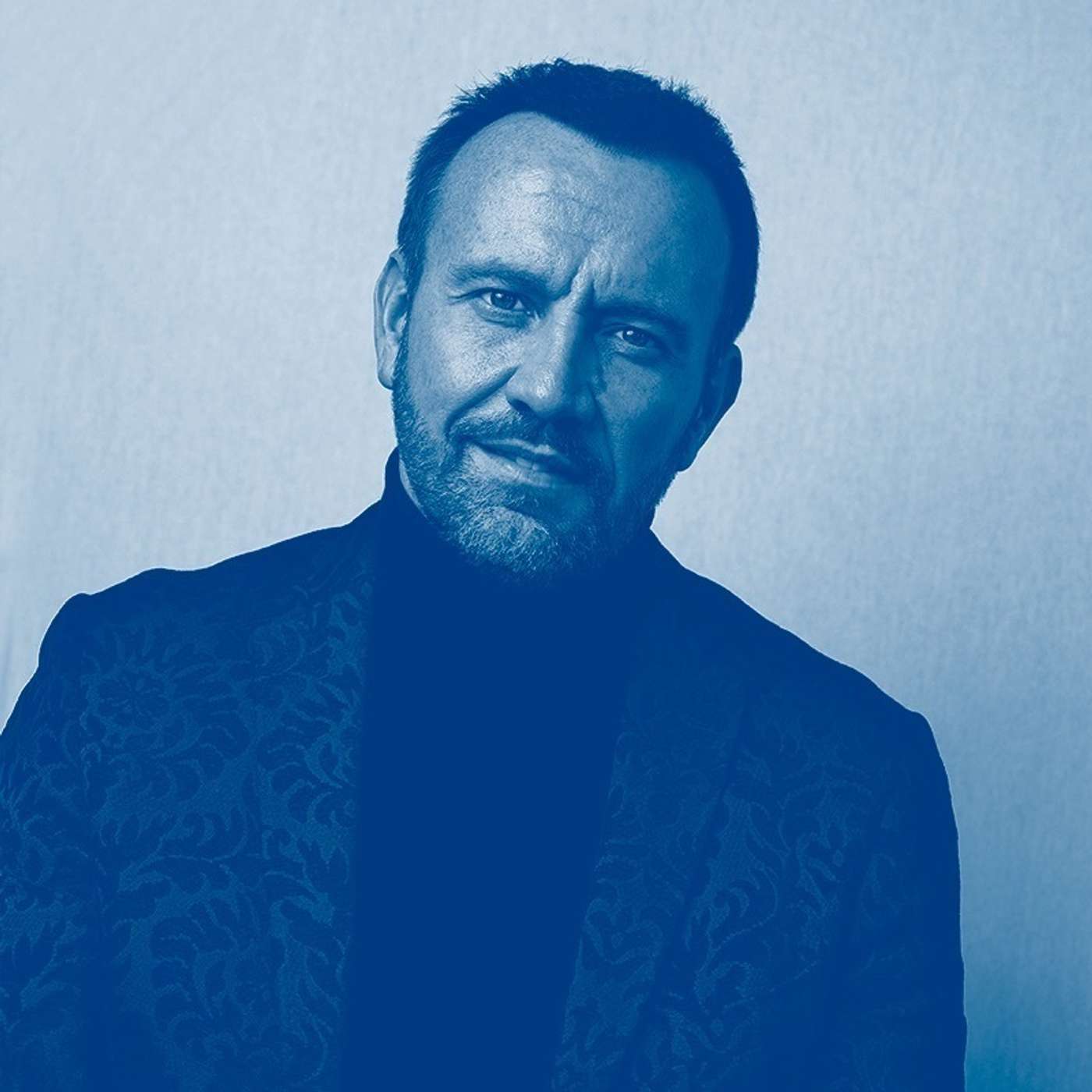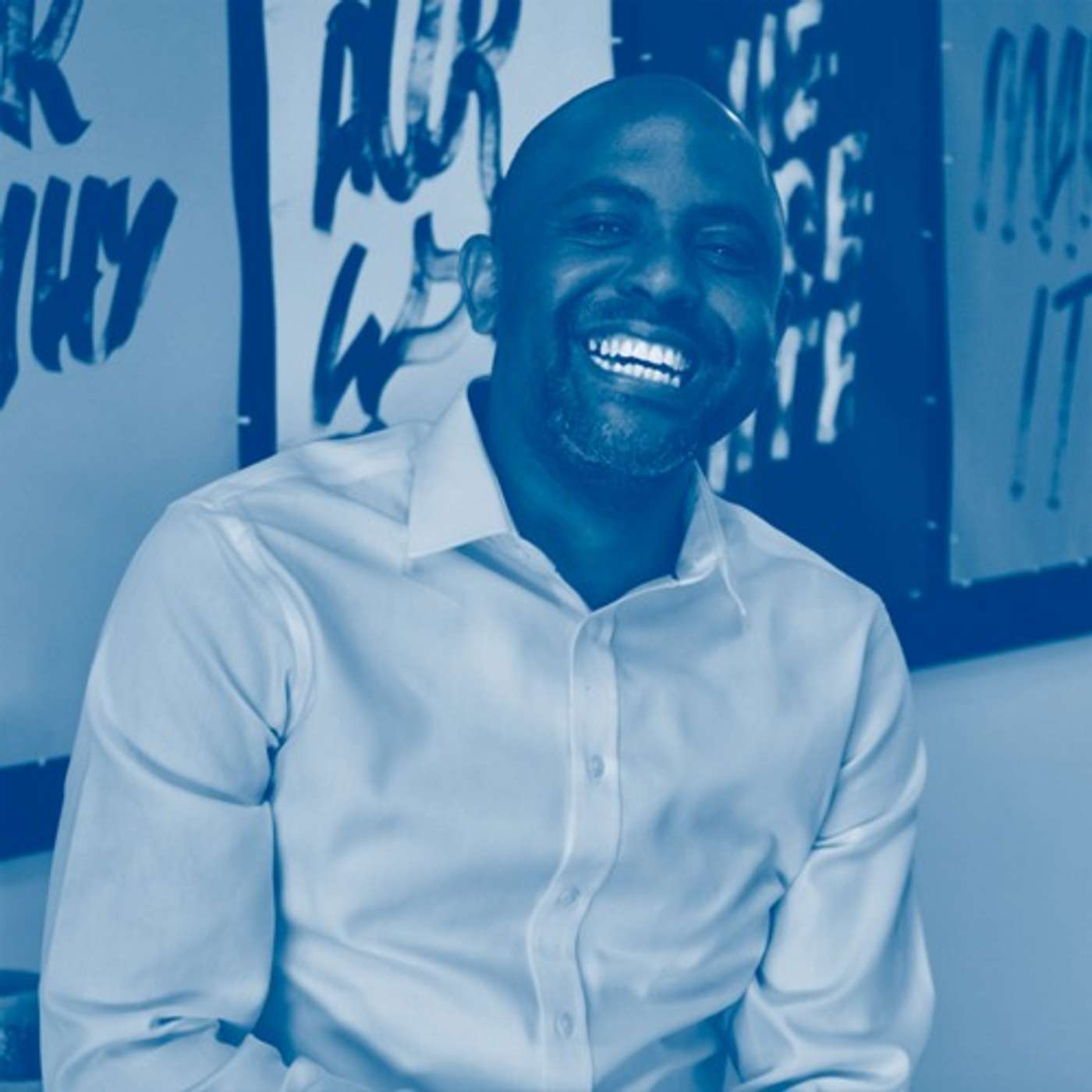Human Aspects of Innovation with Mauro Porcini, PepsiCo's Chief Design Officer & Author of The Human Side of Innovation
Description
On this week's episode of Inside Outside Innovation, we sit down with Mauro Porcini, PepsiCo's first ever Chief Design Officer and author of the new book, The Human Side of Innovation. Mauro and I talk about the human aspects of innovation and the importance of love in the innovation process. Let's get started.
Inside Outside Innovation is a podcast to help new innovators navigate what's next. Each week we'll give you a front row seat into what it takes to learn, grow, and thrive, in today's world of accelerating change and uncertainty. Join us as we explore, engage, and experiment with the best and the brightest innovators, entrepreneurs, and pioneering businesses. It's time to get started.
Interview Transcript with Mauro Porcini, PepsiCo's Chief Design Officer and author of The Human Side of Innovation
Brian Ardinger: Welcome to another episode of Inside Outside Innovation. I'm your host, Brian Ardinger. And as always, we have another amazing guest. Today we have Mauro Porcini. He is PepsiCo's first ever Chief Design Officer, and author of the new book, The Human Side of Innovation: The Power of People in Love with People. Welcome to the show.
Mauro Porcini: Thanks, Brian. Thanks for having me. It's really a pleasure.
Brian Ardinger: I am super excited to have you on the show. I'm big fan of PepsiCo and your work prior at 3M, and you've got this new book out and I wanted to have a conversation about some of the things that you've seen in this world of innovation. How do you define innovation?
Mauro Porcini: That's a good question. Every time you touch, you start score, every time you take something, anything, it could be a product, it could be an experience, it could be an institution, anything in your life. You try to change. And now this change could be directed in a positive way. It could go in a negative way. It could be a major change. Destructive but true as we call those kind changes in innovation world. It could be very incremental, very minimum, but anything you do, the change, the status quo is innovation by definition.
Brian Ardinger: I like that definition because you know, I think a lot of people get hung up on the fact that innovation, they think it has to be the biggest change in the world. It's I've got to come up with the next flying car. But you talk about in your book, innovation is not just about that. It's about incremental improvements. It's just creating value in change.
Mauro Porcini: This point we are both making right now, I think is extremely important because often people out there, media, opinion leaders, are looking at companies investing in innovation, and if they don't produce the next iPhone, they're like, well, they're failing. They're not really extracting the value that they should from that innovation team, that design team, whatever is the form shape of that innovation organization.
And instead, in many situations that innovation is more in the genetic code of the company. Is happening so many different ways in the way you serve a customer. In the way you build experiences. In the way you promote your brands, or you build new ones. Or eventually also in some small incremental products that make your portfolio more meaningful, more relevant. Or financially more interesting for you and your shareholders or more strategic for your company.
So, it's very, very important to make this point. I read a few articles recently. They were attacking and challenging companies that were not producing the next iPhone after these loud investments in the innovation machine. And the reality, many of those companies are actually different companies today than today than what they were in the past. Thanks to that innovation culture that they built.
Brian Ardinger: Absolutely. I heard you talk about design and that great design comes from this earnest desire to make other people happy. Can you expand on that a little bit?
Mauro Porcini: That's how everything started. Thousands of years ago when the first act of innovation or design, because for me, are exactly the same thing happened. When the historic man or woman. Who knows if it was a man or if it was a woman, for the first time, took something that was available in nature, a stone, and modified that to give it a different destination of use. To use the stone as a more effective hunting tool. Or a tool to prepare the food. Or later on to decorate your body. Or later on to celebrate your gods.
By the way, just mentioned, three different dimensions of the Maslow Pyramid. You know, the bottom of the pyramid that is about survival and is safety and is your physiological needs. The center is about self-expression, the connection with others. And then the top that is about something that transcend yourself is bigger than you.
Yeah. And so already those utensils made out of stones were serving specific needs. They were all about reaching your happiness. Because the Maslow Pyramid, at the end of the day, the needs Pyramid is all about reaching what we call today happiness. If you work in all these dimensions. So already back innovation or design was an of love. This is how I start. Also, the book, innovation is an act of love.
An act of love towards yourself. If you were creating this for yourself, but obviously already back then, we were organized in little communities. We have people around us. We wouldn't have the concept of family yet, but you were creating these products also for the people around you. It was an act of love for them as well. And then you started to create more and more product by yourself. At a certain point, there were so many products. You needed help. You needed to start delegating the creation of those products to other people.
And then over there, hundreds of years and thousands of years, we started to organize ourselves in different communities. We invented the idea of work. We invented companies. Then later on brands. And so, what happened when that started to happen is that essentially you start to put scale. Literally scale between you innovator and the people that you love and that you are serving.
The scale plays the distance between the two of you and the love started to get lost in translation in the scale. And instead of love, you started to change love with profit and financial revenue and other things. And so, in the name of profit, eventually you could create products that eventually were not ideal for the people you wanted to serve.
But products that eventually you could extract as much financial value as possible out of. And so, this is what has been happening for hundreds of years, more recently. That we are surrounded by so many mediocre products and services and brands and experiences because they were created in the name of profit instead of the name of love.
What is changing today is that we live in a world, where if you don't create the ideal extraordinary, excellent solution for people needs and wants, the solution could be once again, a product, service, a brand, or experience. Somebody else will do it on your behalf. Why this was not happening 20 years ago, 30 years ago was simply because if you were a big company, you could protect your product. With big barrier to entry. Made of scale of production, of distribution, and communication.
Today. Instead, anybody out there can come up with an idea, get easy access to funding through kickstarter.com or their proliferation in...
























